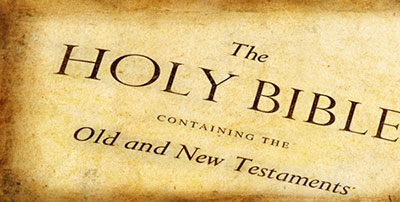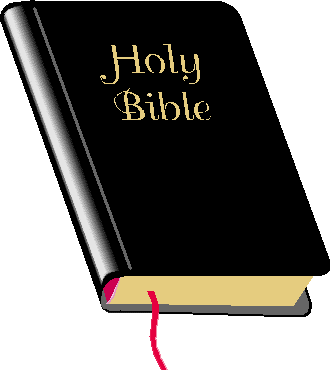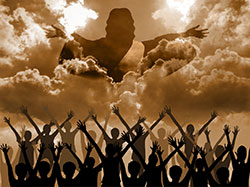THE BIBLE AND HOW IT WAS PUT TOGETHER
How did 66 books, Old and New Testament, come to be called "The Bible - The Word of God?"
Here goes:
Question: "How and when was the canon of the Bible put together?"
-
Answer: The term "canon" is used to describe the books that are divinely
inspired and therefore belong in the Bible. The difficulty in determining the
biblical canon is that the Bible does not give us a list of the books that belong
in the Bible. Determining the canon was a process conducted first by Jewish
rabbis and scholars and later by early Christians. Ultimately, it was God who
decided what books belonged in the biblical canon. A book of Scripture belonged
in the canon from the moment God inspired its writing. It was simply a matter
of God's convincing His human followers which books should be included in the
Bible.
Compared to the New Testament, there was much less controversy over the canon of the Old Testament. Hebrew believers recognized God's messengers and accepted their writings as inspired of God. While there was undeniably some debate in regards to the Old Testament canon, by A.D. 250 there was nearly universal agreement on the canon of Hebrew Scripture.
The New Testament books receiving the most controversy were Hebrews, James, 2 Peter, 2 John, and 3 John.
The Council of Hippo (AD 393) and the Council of Carthage (AD 397) also affirmed the same 27 books as authoritative.
The last book to be accepted universally was the Book of Revelation, though with time all the Eastern Churches also agreed. Thus, by the 5th century, both the Western and Eastern churches had come into agreement on the matter of the New Testament canon.
- Answer: Early Modern English Bible translations are of between about 1500 and 1800, the period of Early Modern English. This, the first major period of Bible translation into the English language, began with the introduction of the Tyndale Bible. The first complete edition of his New Testament was in 1526.
- Answer: The first English New Testament to use the verse divisions was a 1557 translation by William Whittingham (c. 1524-1579). The first Bible in English to use both chapters and verses was the Geneva Bible published shortly afterwards in 1560.
- Answer: There are 7 of these books included in the Catholic Bible: Tobit, Judith, Wisdom Of Solomon, Sirach (Ecclesiasticus), Baruch, 1 & 2 Maccabees. Also, there are additions to the books of Esther (Esther: chapters 10:4-16:24) and Daniel (3 books added: Song Of The Three Young Men [inserted between Daniel 3:23 and 3:24], Susanna [incorporated as Daniel chapter 13], and Bel And The Dragon [incorporated as Daniel chapter 14]).
I will yield to a belief that was stated earlier in this article:
"Ultimately, it was God who decided what books belonged in the biblical canon. A book of Scripture belonged in the canon from the moment God inspired its writing. It was simply a matter of God's convincing His human followers which books should be included in the Bible."
God's Word is God's Word…It always takes preference over man's intellect or beliefs. "Faith is substance of things hoped for…the evidence of things not seen."
Simple FAITH keeps me from yielding to any other philosophy or theology stated by man.

